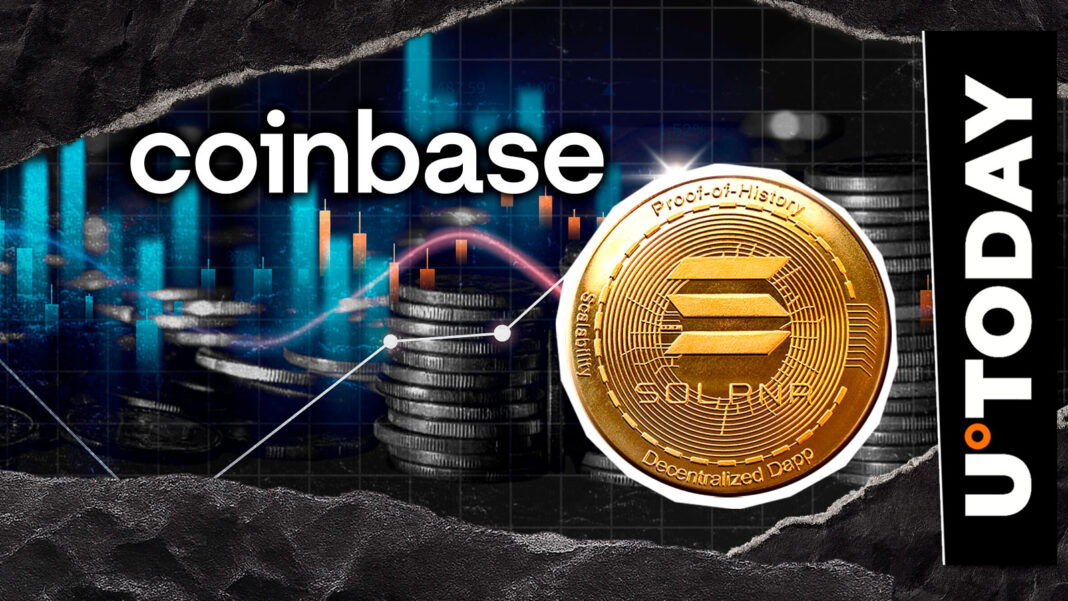Market Pulse
In a stunning and unprecedented move, Bitcoin’s price sharply declined to an alarming $111,000 on {current_date}, following the Trump administration’s announcement of a novel policy: the implementation of ‘price floors’ for the leading cryptocurrency. This bold economic strategy, explicitly framed as a measure to counter China’s growing digital influence, has sent shockwaves across the global crypto markets, raising critical questions about the future of decentralized finance and government intervention.
The Unprecedented Policy Shift
The Trump administration’s declaration marks a dramatic escalation in the ongoing geopolitical and economic rivalry with China. While details remain somewhat opaque, initial reports suggest that the ‘price floors’ could involve a multi-pronged approach aimed at stabilizing Bitcoin’s value and leveraging it as a strategic asset. This policy is interpreted by many as an attempt to assert American dominance in the nascent digital economy, particularly in response to China’s advancements with its digital Yuan.
- Direct Market Intervention: Speculation abounds that the US Treasury or a designated agency might engage in direct purchases of Bitcoin if its price drops below the set floor, acting as a sovereign market maker.
- Regulatory Mandates: Exchanges operating within US jurisdiction could be compelled to prevent trades below the specified threshold, effectively creating an artificial demand floor.
- Strategic Asset Utilization: The move underscores a shift in how major governments view cryptocurrencies, moving beyond mere regulatory oversight to direct integration into national economic and geopolitical strategies.
Market Reaction and Bitcoin’s Plunge
Despite the ostensible aim of stabilizing Bitcoin, the immediate market reaction was a sharp downturn. The cryptocurrency’s value plummeted to $111,000, signaling investor apprehension rather than reassurance. The paradox lies in the core ethos of Bitcoin itself: decentralization and freedom from governmental control. Any form of direct state intervention, regardless of intent, is seen by many in the crypto community as a direct challenge to these foundational principles.
- Uncertainty and Fear: The primary driver of the sell-off appears to be profound uncertainty about the long-term implications of government control over an asset designed to be free from it.
- Liquidation Events: The sudden price drop likely triggered a cascade of liquidations for leveraged positions, exacerbating the downward pressure.
- Erosion of Trust: While some might view this as legitimization, a significant portion of the market perceives it as an unwelcome intrusion that could undermine Bitcoin’s fundamental value proposition as a censorship-resistant, permissionless global money.
Geopolitical Undercurrents and Digital Supremacy
The explicit mention of countering China highlights the broader geopolitical chess game unfolding in the digital realm. As nations race to develop central bank digital currencies (CBDCs) and establish regulatory frameworks for digital assets, the US appears to be signaling a more aggressive stance. This policy could be an attempt to:
- Counter China’s Digital Yuan: By directly influencing Bitcoin’s market, the US might be trying to ensure an alternative, US-aligned digital asset remains dominant, rather than conceding ground to state-controlled digital currencies like the e-CNY.
- Assert Economic Sovereignty: The move reflects a desire to maintain control over global financial flows and prevent competing powers from gaining an undue advantage in the evolving digital economy.
- Redefine Crypto’s Role: It suggests that for major nation-states, cryptocurrencies are no longer just speculative assets but tools that can be strategically deployed in economic warfare or competition.
Conclusion
The Trump administration’s decision to implement Bitcoin price floors is a watershed moment for the cryptocurrency market and global finance. While the stated goal is to counter China and stabilize a strategic asset, the immediate effect has been market volatility and a significant price correction. The long-term implications remain to be seen, but this intervention undoubtedly reshapes the narrative around Bitcoin’s decentralization, the role of governments in digital asset markets, and the intensifying geopolitical competition playing out on the blockchain.
Pros (Bullish Points)
- Potential for increased institutional adoption if seen as government-backed stability.
- Long-term legitimization of Bitcoin by a major global power.
- Could prevent deeper market crashes if established floors prove effective.
Cons (Bearish Points)
- Erosion of Bitcoin's decentralized, permissionless nature.
- Market distortion and artificial pricing could deter organic growth.
- Sets a dangerous precedent for government control over crypto markets and assets.
- Introduces significant political risk directly into Bitcoin's valuation and market dynamics.
Frequently Asked Questions
What are 'price floors' in the context of Bitcoin?
Government-mandated minimum prices for Bitcoin, potentially enforced through direct market purchases by state entities or regulatory restrictions on exchanges preventing sales below a certain threshold.
Why did the Trump administration implement this policy?
Primarily to counter China's growing economic influence and assert US dominance in the digital asset space, viewing Bitcoin as a strategic asset in geopolitical competition.
How has the crypto market reacted to this announcement?
Bitcoin's price immediately fell to $111,000 due to significant market uncertainty and concerns over government intervention challenging the asset's foundational decentralized principles.



